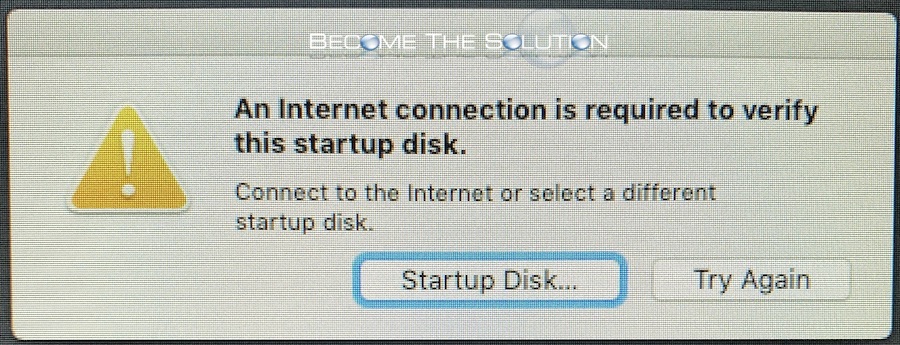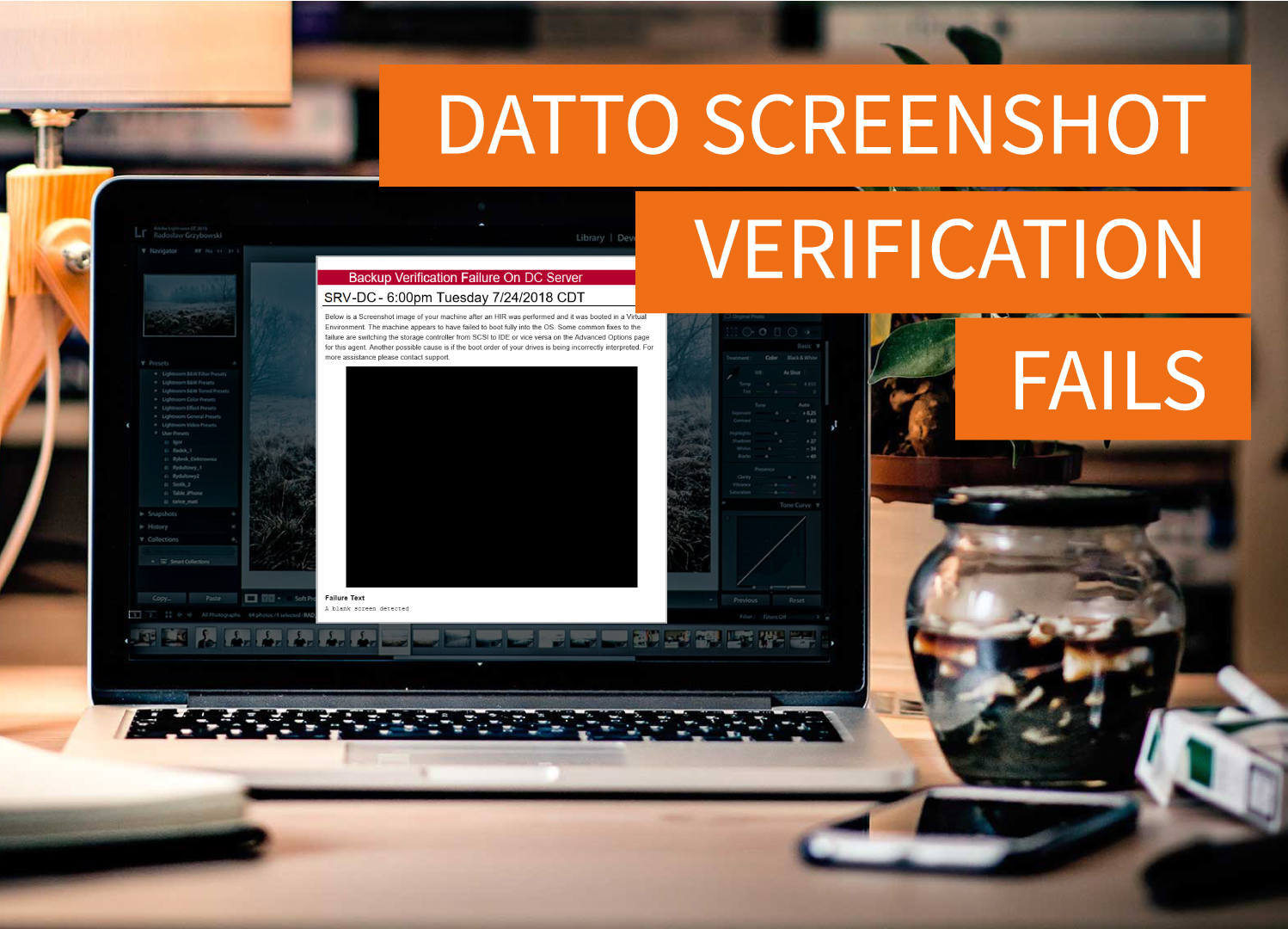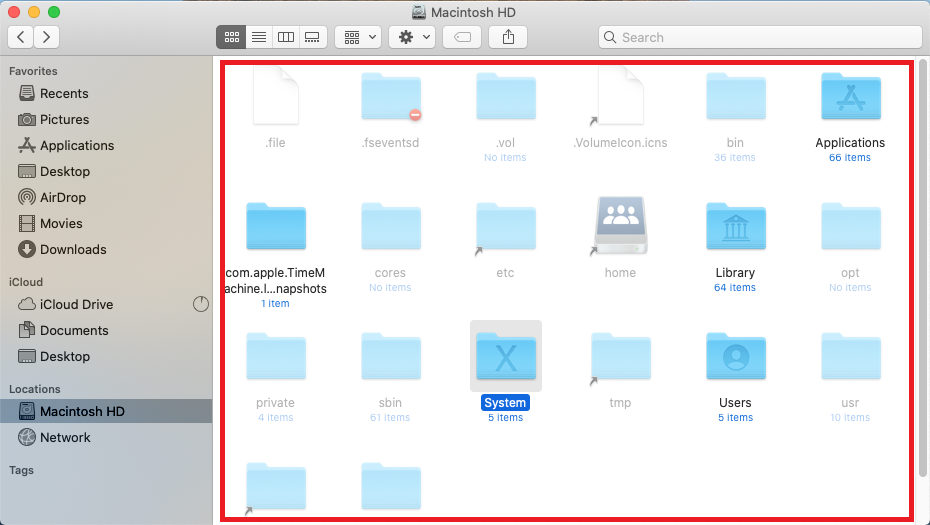5 Quick Fixes When Online Verification Fails

In today's digital age, online verification has become an essential step for various services and transactions, ensuring security and identity protection. However, it's not uncommon to encounter issues during the verification process, leading to potential delays and frustrations. Whether you're trying to access a new banking service, verify your identity for a job application, or simply sign up for a social media platform, encountering verification problems can be a roadblock. In this comprehensive guide, we'll explore some quick and effective solutions to tackle common verification challenges and get you back on track.
Understanding the Reasons Behind Verification Failures

Before we delve into the solutions, it’s crucial to understand the potential reasons why online verification may fail. Here are some common factors that could lead to verification issues:
- Incorrect or Outdated Information: Submitting incorrect personal details, such as an old address or an incorrect birthdate, can trigger verification failures. Ensure that the information you provide matches the official records held by government agencies or other trusted sources.
- Identity Theft or Fraud: Unfortunately, identity theft and fraud are prevalent issues. If someone has stolen your identity or misused your personal information, it can lead to verification failures as the provided details don't match the official records.
- System Errors or Glitches: Sometimes, verification failures can be attributed to technical glitches or system errors on the platform's end. These issues are typically temporary and can be resolved with a few simple steps.
- Insufficient Proof of Identity: Online verification often requires users to provide supporting documents, such as government-issued IDs or utility bills. If the documents are unclear, expired, or do not meet the platform's requirements, verification may fail.
- Geographical Restrictions: Some services or platforms may have geographical restrictions, meaning they are only accessible to users in certain regions. If you're attempting to verify your identity for a service that is not available in your country, you may encounter verification failures.
Quick Fixes to Overcome Online Verification Failures

Now that we’ve identified some common causes, let’s explore practical solutions to tackle these issues and get your verification process back on track.
Double-Check Your Personal Information
One of the simplest yet often overlooked steps is to review and verify the personal information you’ve provided. Mistakes such as typos, incorrect spellings, or outdated details can easily lead to verification failures. Take the time to carefully review your details, ensuring they match the official records. This includes your full name, date of birth, address, and any other relevant information.
For instance, if you're trying to verify your identity for a new banking account, make sure your name matches the details on your government-issued ID. Double-check your address to ensure it's up-to-date and accurate. Even minor discrepancies can cause verification issues, so attention to detail is crucial.
Update Your Documents and Information
If your personal information has changed recently, such as a name change after marriage or a new address, ensure that you update your official documents to reflect these changes. Online verification systems often rely on government-issued IDs and other official documents to verify your identity. If the details on these documents do not match your current information, it can lead to verification failures.
For example, if you've recently moved to a new city and haven't updated your driver's license or passport, the verification process may flag your address as incorrect. In such cases, it's essential to take the necessary steps to update your documents with the appropriate government agencies.
Review and Meet the Platform’s Requirements
Each online platform or service may have specific requirements and guidelines for verification. Before initiating the verification process, take the time to thoroughly review these requirements. Ensure that you understand the types of documents they accept, the clarity and quality of the documents, and any additional information they may need.
For instance, some platforms may accept only certain types of IDs, such as passports or national ID cards. Others may require additional proof of address, such as utility bills or bank statements. By understanding these requirements beforehand, you can ensure that you provide the necessary documentation, increasing your chances of a successful verification.
Contact the Platform’s Support Team
If you’ve tried the above steps and are still experiencing verification failures, it’s time to reach out to the platform’s support team. Most reputable platforms have dedicated customer support channels, such as live chat, email, or phone support. Explain your situation, provide any relevant details, and inquire about the specific reasons for the verification failure.
The support team should be able to guide you through the process, offer additional advice, and even manually review your case if needed. They may request further documentation or ask you to clarify certain details to facilitate a successful verification. Don't hesitate to reach out for assistance; it's their job to ensure a smooth and secure verification process for all users.
Consider Alternative Verification Methods
In some cases, traditional online verification methods may not be feasible or accessible. This could be due to geographical restrictions, technical issues, or other unique circumstances. In such situations, it’s beneficial to explore alternative verification methods offered by the platform.
Many platforms now offer multiple verification options, such as video identification, in-person verification at designated locations, or even using trusted third-party verification services. These alternatives provide added flexibility and can help overcome common verification challenges. Research and inquire about these options to find the most suitable method for your specific needs.
Advanced Strategies for Complex Verification Issues
While the above quick fixes are effective for most common verification failures, some situations may require more advanced strategies. Here are some additional tips for tackling complex verification issues:
- Document Verification Services: If you're having difficulty verifying your identity due to outdated or unclear documents, consider using trusted document verification services. These services can help digitize and verify your documents, ensuring they meet the required standards for online verification.
- Identity Verification APIs: For developers and businesses, integrating identity verification APIs into your platform or service can provide a more seamless and efficient verification process. These APIs use advanced algorithms and machine learning to verify identities, often with higher accuracy and speed.
- Two-Factor Authentication (2FA): Implementing 2FA can add an extra layer of security and verification. This method typically involves a combination of something you know (a password) and something you have (a physical token or a code sent to your mobile device). 2FA can help mitigate potential verification failures and enhance security.
- Government ID Verification Services: In certain cases, government-issued IDs may not be sufficient for online verification. Consider using specialized government ID verification services that employ advanced technologies to verify the authenticity and validity of these IDs.
The Future of Online Verification: Enhanced Security and Convenience
As technology continues to advance, the future of online verification looks promising. We can expect to see even more secure and convenient verification methods that prioritize user experience and data protection.
One of the most exciting developments is the integration of biometric verification, such as facial recognition and fingerprint scanning. These methods offer a highly secure and user-friendly way to verify identities, eliminating the need for physical documents or manual input of personal details. Additionally, blockchain technology is being explored to create secure and tamper-proof digital identities, further enhancing the security and reliability of online verification processes.
The rise of decentralized identity management systems also holds great potential. These systems allow users to control and manage their digital identities, providing a more transparent and secure approach to verification. With decentralized identity, users can choose which personal information to share and with whom, empowering them to have greater control over their data.
Conclusion: Overcoming Verification Challenges for a Seamless Digital Experience

Online verification is an essential step in ensuring a secure and trustworthy digital environment. While verification failures can be frustrating, they are often easily overcome with the right strategies and a bit of persistence. By following the quick fixes and advanced strategies outlined in this guide, you can navigate through common verification challenges and successfully verify your identity online.
Remember to stay patient, pay attention to detail, and utilize the resources and support offered by the platforms. With the continuous advancements in technology and the adoption of innovative verification methods, the future of online verification looks bright, promising a seamless and secure digital experience for all users.
What should I do if I keep encountering verification failures despite trying the suggested solutions?
+If you’ve exhausted all the suggested solutions and are still facing verification failures, it’s recommended to contact the platform’s support team directly. They can provide further guidance and assistance based on your specific situation. Additionally, consider exploring alternative verification methods offered by the platform to find a more suitable option.
Are there any specific documents or IDs that are commonly accepted for online verification?
+The documents accepted for online verification can vary depending on the platform and its requirements. However, some commonly accepted forms of identification include government-issued IDs such as passports, driver’s licenses, national ID cards, and sometimes even social security numbers (in certain regions). It’s always best to check the specific requirements of the platform you’re using to ensure you provide the necessary documentation.
Can I use a scanned copy of my ID for online verification, or does it need to be a physical document?
+Most platforms accept scanned copies or digital images of your ID for online verification. However, it’s important to ensure that the scanned copy is clear, legible, and free from any distortions or blurriness. Some platforms may also have specific guidelines for the format and resolution of the scanned document, so it’s best to check their requirements before submitting.
What happens if my ID is expired, but I don’t have a chance to renew it right away? Will it affect my online verification process?
+If your ID is expired, it’s generally recommended to renew it as soon as possible to ensure its validity. However, some platforms may still accept expired IDs, especially if the expiration date is relatively recent. It’s best to check with the specific platform’s requirements and guidelines regarding expired IDs. In certain cases, they may request additional documentation or proof of your new ID renewal process.
Are there any security risks associated with providing personal information and documents for online verification?
+Online verification platforms prioritize data security and employ various measures to protect user information. However, it’s important to exercise caution and only provide personal information and documents to reputable and trusted platforms. Ensure that the website or platform you’re using has robust security measures in place, such as encryption and secure data storage. Additionally, be vigilant for any signs of phishing or potential scams, and avoid sharing sensitive information with unverified sources.



